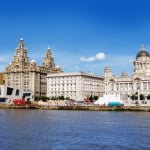Name: Sarangkot
Address: North East of Town, Pokhara
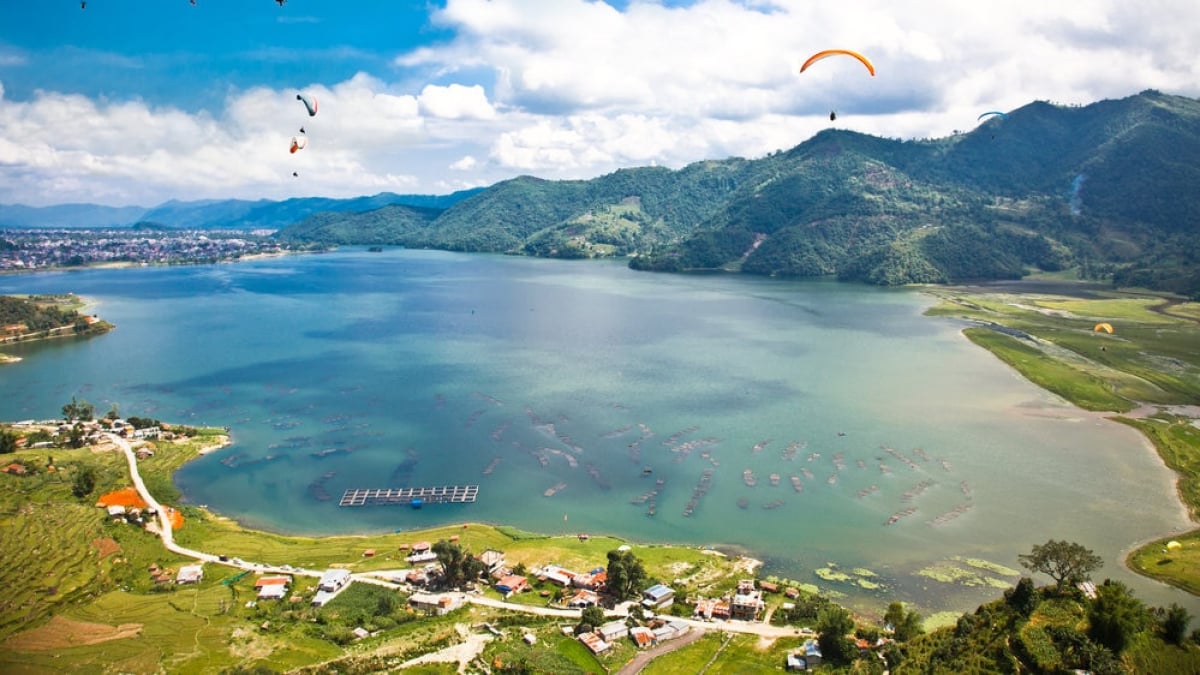
Play in the Great Outdoors of Pokhara, Nepal’s Second City! 11 Recommended Tourist Spots
Pokhara, Nepal’s second city, is renowned for its vast natural beauty—from the majestic Himalayas to other stunning landscapes. The city, famous for its picturesque views of the Himalayan mountain range, attracts visitors from around the world. Although it is Nepal’s second largest city after Kathmandu, Pokhara is refreshingly laid-back and offers a relaxed pace for sightseeing.
With a wide variety of outdoor activities such as trekking and rafting available in this great natural setting, it is recommended to allow plenty of time for your visit. Here, we introduce 11 recommended tourist spots in Pokhara for you to explore.
table of contents
[x] close
Play in the Great Outdoors of Pokhara, Nepal’s Second City! 11 Recommended Tourist Spots
1. Sarangkot
One of the most popular attractions in Pokhara, Sarangkot is situated at an elevation of 1,592 meters and offers breathtaking views of the majestic Himalayas. There isn’t just one viewing point; by exploring slightly lower elevations, you can enjoy different perspectives of the mountains.
Witness unforgettable vistas in the crisp morning air or at sunset—experiences that will leave lasting memories.
Even those not accustomed to mountain hiking find Sarangkot an accessible and popular spot, with over 80% of Pokhara visitors making a stop here.
2. Poon Hill
Famed as one of the most renowned trekking spots in the Annapurna region, Poon Hill is also celebrated as a stunning viewpoint. Although its elevation is 3,210 meters, it is relatively accessible and offers spectacular views of the Himalayan peaks. Along the way, you can catch glimpses of the daily life of local high-altitude residents—don’t be surprised if you exchange a friendly “Namaste” when you meet them.
The panorama of the Alps-like peaks from the hilltop is simply awe-inspiring. If you set Poon Hill as the goal for your trek, consider planning a 3-night, 4-day itinerary. Be sure to set off early to catch the sunrise—it’s so beautiful that it may leave you speechless. Remember to dress warmly, as the temperature drops higher up.
Name: Poon Hill
Address: Poon Hill Marga, Ghode Pani 33200
Official Website: https://www.kimkim.com/c/poon-hill
3. Nihonshan Myohōji
Located at the top of a hill to the south, Nihonshan Myohōji offers stunning views of the Annapurna mountain range and Phewa Lake. This Myohōji temple, characterized by its stark white stupa (pagoda), stands as a powerful symbol of peace and presence. At an elevation of 1,113 meters, the temple provides excellent vistas of the mountains, lake, and the calm town below. The journey up the hill is equally rewarding with magnificent scenery along the way.
Nihonshan Myohōji is also known for its involvement in global peace initiatives. The peaceful atmosphere that permeates the area is partly due to these efforts. On clear mornings, the view is particularly moving. The east side of the lake, known as Lakeside, is another popular attraction, and there are opportunities for hiking as well.
Name: Nihonshan Myohōji
Address: West side of Phewa Tal, Pokhara
4. Phewa Lake
Phewa Lake is the signature lake of Pokhara, celebrated for its tranquil atmosphere that invites visitors to relax. It is Nepal’s second-largest lake and serves as the focal point of tourism after the Himalayas. Here, you can enjoy a boat ride while a friendly Nepali boatman leisurely takes you around, sharing insights about the lake and Pokhara. The gentle sounds of the water add to the serene experience, and there is a temple at the center of the lake that you can visit.
On clear days, the majestic Himalayan range is clearly visible in the background. Be sure to visit on a sunny day to fully appreciate this peaceful retreat.
Name: Phewa Lake
Address: Pokhara
5. Tashiling Tibetan Village
Tashiling Tibetan Village was established in the late 1950s to early 1960s by Tibetan refugees who fled to Nepal, with the assistance of the Swiss government and the Red Cross. By visiting the village, you can catch a glimpse of Tibetan life. Local handicrafts such as gems and carpets are sold here, and you can also watch traditional activities like spinning thread or weaving carpets. Observing these artisans at work makes the value of their handmade products even more appreciable.
Among the several Tibetan villages scattered around Pokhara, Tashiling is the most popular. Don’t miss the chance to explore this fascinating cultural site and learn about Tibetan techniques and lifestyle that differ greatly from those in Nepal.
Name: Tashiling Tibetan Village
Address: Shital Path, Pokhara 33700
Official Website: http://centraltibetanreliefcommittee.org/doh/settlements/nepal/tashiling.html
6. Patale Chango
Also known as “Devil’s Falls,” Patale Chango is a waterfall where water, having flowed underground, transforms into a magnificent cascade along the rocky cliffs. The sheer dynamism of the falling water may leave you momentarily speechless.
Please note that during the rainy season the water volume can be tremendous, so be sure to bring appropriate rain gear. Located right next to the Tibetan village mentioned above, it’s highly recommended to visit both attractions together to fully appreciate the raw power of nature in Pokhara.
Name: Patale Chango
Address: Siddhartha Highway, Pokhara
7. Lani Ban Hill
Located at the top of roughly 500 steps, Lani Ban Hill is home to the Lani Ban Retreat. While climbing 500 steps is no small feat, the breathtaking view at the summit makes the effort entirely worthwhile.
Lani Ban Hill is a well-known spot for viewing the sunrise over Pokhara. Witnessing the sun slowly illuminate the city from afar can set the tone for a fantastic day. The retreat also offers facilities where you can take a break and enjoy tea or coffee with the panoramic view. Still relatively unknown, this spot is a hidden gem in Pokhara’s natural landscape and is highly recommended for visitors.
Name: Lani Ban Retreat
Address: Near World Peace Pagoda, Pokhara
Official Website: http://raniban.com/
8. Begnas Lake
Located about a 30-minute drive from downtown Pokhara, Begnas Lake is smaller than Phewa Lake but is renowned for its tranquil ambiance and serves as a local retreat.
Because it is relatively free of tourists, it provides a great opportunity to interact with local Pokhara residents. On weekends, locals often gather here for barbecues and picnics, and fishing is a popular activity. If you don’t have your own equipment, rentals are available at shops along the lake.
With smaller fish that are surprisingly abundant, it’s a favorite recreational spot among locals.
Name: Begnas Lake
Address: 11 Lekhnath, Pokhara
9. Pokhara Mountain Museum
If you’re interested in learning about Nepal’s mountains, the Pokhara Mountain Museum is the place to go. Inside, you can discover the history and overview of Nepal’s mountain ranges, along with exhibits on Nepali ethnic dress, caste customs, and various cultural practices.
The museum offers a wealth of information on the stories of the world’s highest peaks and anthropological displays, making it a hit among both mountain enthusiasts and casual visitors alike. Set aside at least two hours to fully explore its rich exhibits and deepen your understanding of Nepal’s natural and cultural heritage.
Name: Pokhara Mountain Museum
Address: Rato Pairo, Pokhara
Official Website: http://www.internationalmountainmuseum.org/
10. Barahi Temple
Barahi Temple is a Hindu temple located on a small island in Phewa Lake. You will reach the temple by a shared boat ride. Although the boat may seem small, don’t worry—the experienced Nepali boatman will safely ferry you to Barahi Temple.
Inside the temple, a wild boar is enshrined as an incarnation of Ajima, and every Saturday a ritual sacrifice is held, resulting in crowds. The temple is frequented by Nepali and Indian visitors alike, making it a familiar and cherished site among Hindu devotees.
On clear days, the temple offers a profound connection to nature, so be sure to visit this mystical spot amidst the natural beauty of Pokhara.
Name: Barahi Temple
Address: Pokhara
11. Gupteshwar Mahadeb Cave
Located in front of the infamous Patale Chango (“Devil’s Falls”), Gupteshwar Mahadeb Cave is a unique tourist attraction where a Hindu temple and a cave merge into one.
Descend the spiral staircase to find a cave with a temple inside that exudes an almost cinematic, fantastical atmosphere. The area at the far end where light gradually grows brighter is especially photogenic and will undoubtedly spark your sense of adventure. Please be cautious— the cave is dark and slippery, so wear appropriate footwear and bring a flashlight.
Gupteshwar Mahadeb Cave is considered the most mysterious attraction in Pokhara, offering a truly enchanting experience.
Name: Gupteshwar Mahadeb Cave
Address: Siddhartha Highway, Pokhara 33411
◎Summary
How did you find these? We’ve explored 11 of the most recommended tourist spots in Pokhara, showcasing the natural beauty that defines Nepal’s second city. The heart of Pokhara’s appeal is undoubtedly its view of the Himalayas. Many attractions in Pokhara offer stunning views of these majestic peaks, immersing you in an unparalleled natural environment. Unlike the bustling, urbanized capital Kathmandu, Pokhara retains an unspoiled, authentic Nepalese charm, making it an ideal destination for those seeking relaxation and rejuvenation.
In addition to temples, caves, and lakes, Pokhara is brimming with intriguing attractions that fully exploit its breathtaking natural surroundings. If you’re planning a trip to Nepal, be sure to visit Pokhara for an experience that is both enriching and unforgettable.
RELATED ARTICLES
REGIONS
CATEGORIES
FEATURED ON Guide
-
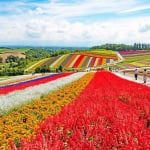
Where will you go for the summer vacation? Introducing recommended spots for domestic travel
-
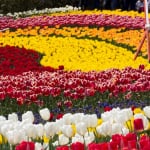
Kaizu City’s Recommended 7 Tourist Spots. Enjoy the Culture and History Nurtured by Wajū!
-
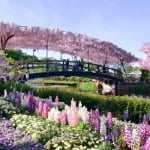
What Makes Ashikaga Flower Park So Special? A Treasure Trove of Photo-Worthy Spots!
-
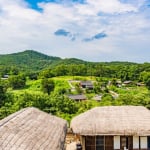
600 Years of Radiant Tradition: Korea’s Historic Villages of Hahoe and Yangdong
-

Two-Colored Seas and a Pink Beach! 4 Must-Visit Spots in North Eleuthera
MOST POPULAR ON Guide
-
 1
1Doha: Must-see Attractions in the Capital of Qatar
-
 2
2Toronto: 10 Things to do in this Picturesque Canadian City
-
 3
3Amarillo: A City Famous for It’s Amazing Canyons, Great History and Music
-
 4
4South Korea: Dazzling Scenery, Rich Culture and Fascinating History
-
 5
5Kuwait: A Country in Middle East Asia Famous for Hot Sand Dunes and Stunning Cityscape



